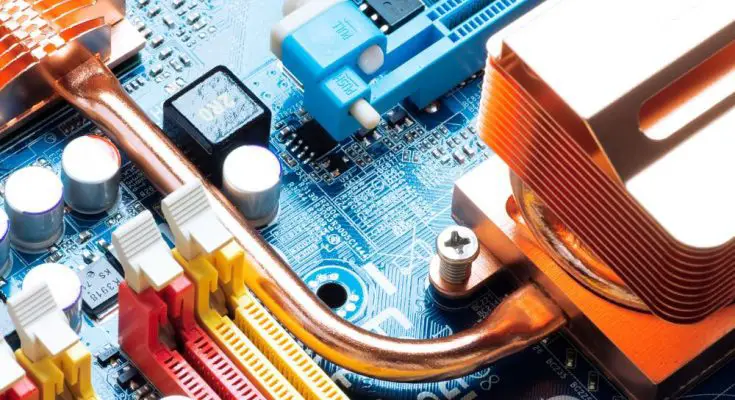The technology we use every day is comprised of different materials which come in numerous forms, including metals and microtechnology. Most of the devices we use also have copper inside their structures, which offers a variety of functions. Copper is used in many everyday electronics and performs various functions to make a device function properly.
Conducting Electricity
Electronics either have electricity stored inside them or transfer electricity to other devices. Copper is an essential component in conducting electricity due to its lower resistance. Resistance is an aspect of metal that fights against the electrical current that passes through it.
Given the low amount of resistance in copper, electricity will flow with ease through the metal. Given the low cost and high availability of copper, many manufacturers use it when designing everyday electronics.
Heat Transfer
Not only is copper a conductor of electricity, but it is also a conductor of heat. Heat transfer is one of the reasons that copper sees widespread use in everyday electronics. Copper absorbs and retains heat for long periods and won’t break down when exposed to consistently high temperatures.
The corrosion resistance makes it a great material for devices such as computers because they constantly run the risk of overheating after prolonged use. Copper will help protect electronics from the heat of electricity, and its great electric conductivity makes it perfect for the electronics we use every day.
Forms of Copper in Devices
There are various forms that copper suit the needs of specific technology. Like any metal, copper may be shaped and fractured to ensure it fits in a device and has the most effective use for its purpose.
Wires
Copper wires are some of the most common forms of wires and are used in the majority of cable technology. Cables have the task of transferring electricity to and from sources. Thin strands of copper provide electricity with a means of getting to its destination.
Copper is one of the main components of ethernet cables that give it the fast transfer speeds needed to send electrical pulses that create the signal for internet connections. Thick copper wires create stronger transfer rates of electricity and allow us to do more with the technology we use.
Foil and Shielding
Some cables have a copper foil surrounding them called shielding. The shielding blocks out electromagnetic interference and allows electricity to transfer through the wires. The copper is dense enough to create a form of protection for the wires but still has the condition strength not to hinder the electricity, making it a great material for shielding.
Copper plays an important role in the electronics we use and will continue to have a valuable place in electrical engineering. Whether you have a laptop or a TV remote, you’ll find copper in your everyday devices, serving as one of the best materials for electronics.
Additional Resources:
Atoms
Cells



